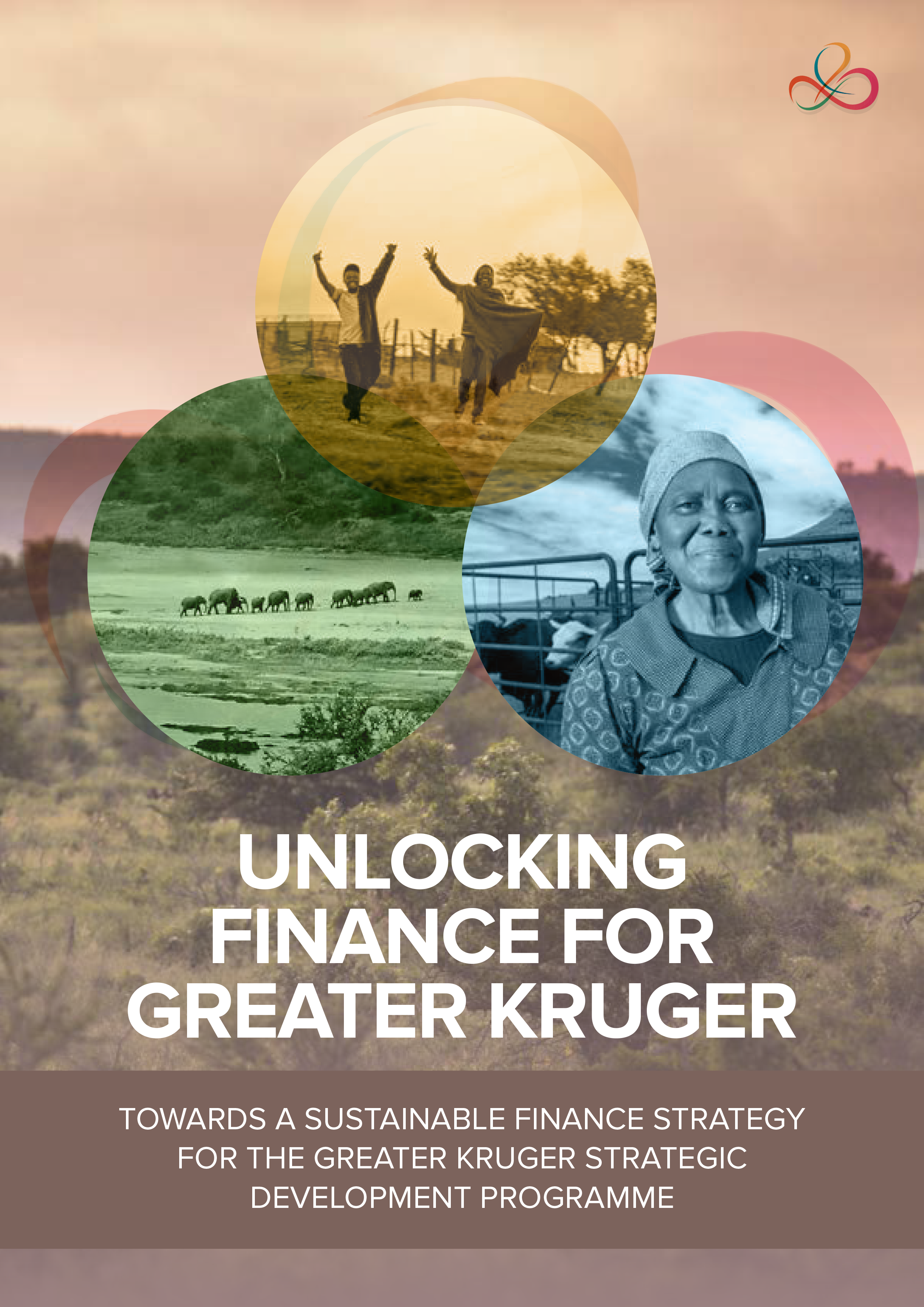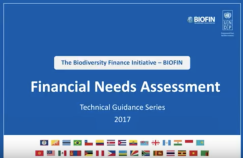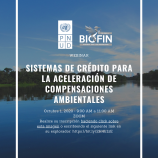
In December 2022, the International Finance Corporation (IFC), United Nations Development Program (UNDP) and South African National Parks (SANParks) commissioned the development of a financing strategy for the Greater Kruger Strategic Development Programme (GKSDP). This publication – Unlocking finance for Greater Kruger – tables the results, findings and recommendations of this assignment, which was carried out over a period of six months by a consortium of partners: Conservation South Africa, Endangered Wildlife Trust, ENS Africa and Rand Merchant Bank. The United Nations Convention on Biological Diversity recognizes that there is a significant gap in funding for biodiversity conservation across land uses – from formal protected areas to area-based conservation measures implemented to secure ecological connectivity and habitat integrity in rapidly changing landscapes. As the world aims for the ambitious target known as ‘30 x 30’ adopted in 2022 – to protect or conserve 30% of land and oceans by 2030 – the funding gap continues to widen. It is up to the conservation sector to address this chasm, which demands new ways of mobilising investment in the absence of effective traditional conservation financing mechanisms. The Greater Kruger Finance Strategy responds to this challenge with a holistic approach to landscape-level finance that incorporates core conservation areas as well as the interconnected ecological areas that surround and support them. The strategy makes a bold attempt not only to address existing financing needs but also to address human development needs in a nature-positive way that will attract finance to the landscape as a whole. The strategy is a first attempt to work at this scale from a financing perspective; although it will require ongoing refinement and realignment as practical lessons are learnt, it constitutes a strong foundation upon which to shift to more ambitious financing goals to support even greater protection. The approach puts people and protected areas at the heart of landscape-level conservation financing efforts to ensure long-term integrity of the National Park as well as the communities and species that depend on its sustainability as a wholly functional, nature-positive landscape. The strategy recognizes the importance of inclusivity. It follows, therefore, that this report is intended for a broad audience – from potential interested funders, through to project participants, decision-makers and beneficiaries. The report includes high-level due diligence of Greater Kruger and its investment landscape (via a top-down–bottom-up approach), identification and application of eight mechanisms (in various stages of development),1 and a suggested prioritization and phased implementation plan, with recommendations of tools and resources to drive and sustain this plan. The research conducted for this strategy strongly supports the use of nature-positive landscape investment to finance diverse activities that enhance natural capital and in so doing underlines the ways in which nature improves lives. This aligns very cleanly with the two core strategic objectives of the GKSDP: securing the natural capital base of the Greater Kruger landscape and, increasing employment and sustaining livelihoods – objectives that are not only nature-positive but also pursue a positive socioeconomic outlook.



